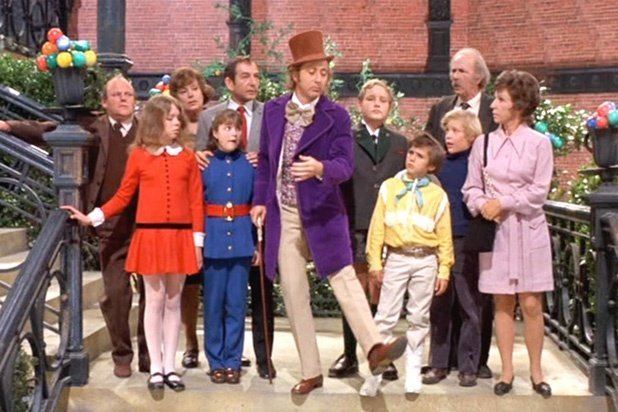Willy Wonka, the odd but strangely-creative genius in the movie Willy Wonka and the Chocolate Factory, can teach business and HR leaders a lot about selecting the right talent. Much in the way business leaders must evaluate who they entrust as future leadership to guide their organization, Wonka needed to identify someone to run his factory when he is gone. On the other hand, unlike many companies today, Wonka’s priority isn’t to find someone who is simply qualified to run a factory – he is also determined to choose someone who is honest, who he can trust, and who possesses the child-like traits necessary to maintain the wonder of his factory.
Lesson #1: Behavioral style, values and motivation are as important as skill
Often, business leaders and hiring decision-makers make the mistake of prioritizing skill over “softer” factors such as a candidates’ motivational drivers, values and behavioral profile. Yet, as Wonka uncovers, these factors can affect how well a person can do a job, relate to team members or subordinates, and even determine their engagement level in the position.
A person’s behavioral profile illustrates how they will approach problems and challenges. Their values and motivation can determine the strongest influences on a person’s decisions and actions. Case in point, consider the character Violet Beauregard, who claims to hold the world record in chewing gum. Her competitive nature and disregard for rule-following influence her fate when she ignores Wonka’s forbiddance to eat his newly-invented, three-course dinner gum. And, as we know, that didn’t end well.
By measuring and understanding a person’s values, business leaders gain important insight into the type of work and the culture that motivates that person, as well as the personal values that motivate an individual to engage in, or move away from, job-related tasks. The fact is, a person’s values directly influence their thoughts and behavior.
Lesson #2: Assessing candidates for jobs and promotions is crucial to effective talent decisions
Wonka knew a thing or two about the importance of talent assessments. While his method of talent assessments may have been unconventional and different from the sophisticated approaches of today, it nonetheless highlighted the ability to predict how a person may behave or perform in certain situations. He created a series of opportunities to uncover each character’s motivations and values, much in the same way talent assessments measure these areas.
While tempting chocolate-fanatic Augustus Gloop with his Chocolate Room, or enticing TV-loving Mike Teavee with the Television Chocolate Camera certainly worked for Mr. Wonka, today’s talent assessments have clearly evolved. Science-backed talent assessment solutions are able to provide extensive data and insight into candidates’ skills, behaviors, and working style in order to evaluate them against a set of criteria that are important to your organization.
A high-impact, data-based selection system is built on this high-level, best practices model:
- Define. Define the competencies, experience, skills and behaviors required for success for each position and within the company.
- Measure. Deploy technology-driven, science-backed assessments to create a measurement process of candidates’ job and company fit.
- Make Decisions. Build a decision-making model that is based on reliable and accurate information about job candidates, utilizing skills and experience of hiring managers.
- Evaluate impact of hiring decisions to understand the relationship of predictors and job performance, using qualitative, quantitative data, defined metrics, and identification of high and low performers.
In the words of Wonka, there is “so much time and so little to do. Wait a minute. Strike that. Reverse it.” If your organization hasn’t begun utilizing talent assessments to strengthen your workforce performance, there is so much to do, and so little time to waste, so wait no longer!
To learn more about XBInsight’s industry-leading talent assessment solutions, {{cta(‘1c7ba958-1736-44aa-b6c0-8c83e01e28cf’)}}.

